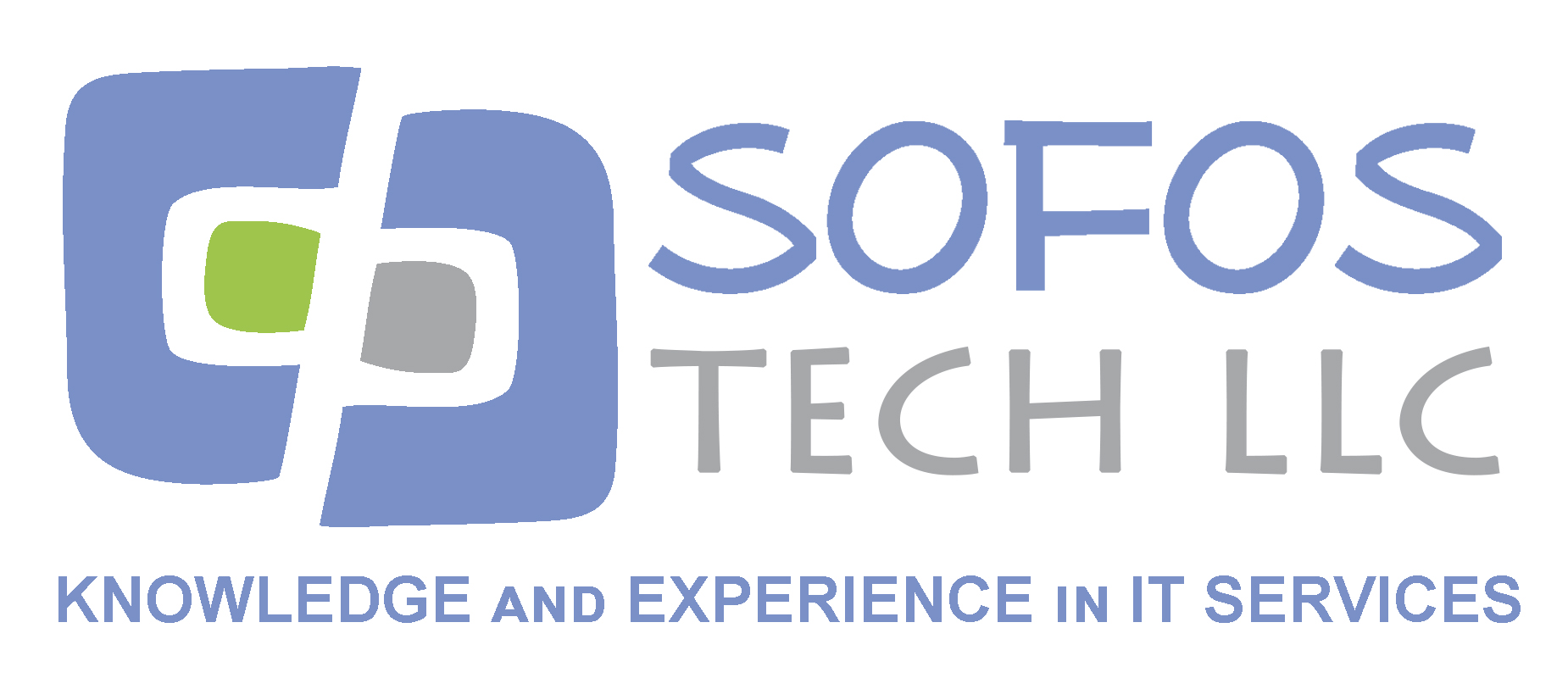Table of Content
1. Overview
Streamlining Church Check-Ins: A Modern Approach with Technology
In today’s fast-paced world, churches are increasingly adopting technology to enhance their operations and improve the experience for their congregants. One of the most effective ways to achieve this is through a modern check-in system. This blog post will explore how a church can implement a check-in system using iPads, floor stands, handheld iPad cases, thermal label printers with automatic cutters, rolls of labels, and QR scanners for self-check-in.
Why a Check-In System?
A check-in system serves multiple purposes in a church setting:
- Safety and Security: Knowing who is present in the church can enhance safety, especially for children’s ministries.
- Attendance Tracking: It helps in maintaining accurate attendance records for services and events.
- Streamlined Processes: Reduces wait times and improves the overall experience for congregants.
- Engagement: Allows for better engagement with members by collecting data on attendance patterns.
Components of the Check-In System
1. iPads
Using iPads as the primary check-in devices offers a user-friendly interface for both staff and congregants. The iPads can run specialized check-in software that allows for quick and efficient processing of attendees.
2. Floor Stands
To ensure that the iPads are easily accessible, floor stands can be utilized. These stands can be placed at strategic locations within the church, such as near the entrance or in the lobby. They provide a stable and secure way to hold the iPads, making it easy for congregants to check in as they arrive.
3. Handheld iPad Cases
For staff members who may need to move around during check-in, handheld iPad cases are essential. These cases provide protection for the devices while allowing staff to assist congregants in various areas of the church. The portability of the iPads ensures that check-in can happen anywhere, reducing congestion at the main entrance.
4. Thermal Label Printer with Automatic Cutter
A key feature of the check-in system is the thermal label printer. This printer can quickly produce name tags or labels for attendees, which can be especially useful for children’s ministries. The automatic cutter ensures that labels are neatly cut, providing a professional appearance.
5. Rolls of Labels
Using rolls of labels compatible with the printer allows for easy replenishment and ensures that the church can print labels as needed without running out. This is particularly important during large events or services where attendance may spike.
6. QR Scanner for Self-Check-In
To further streamline the process, incorporating a QR scanner for self-check-in can enhance the experience. Congregants can scan a QR code using their smartphones, which can be linked to their profiles in the church database. This allows for a quick and contactless check-in process, reducing wait times and improving efficiency.
Implementation Steps
- Choose the Right Software: Select a check-in software that integrates well with your church management system and meets your specific needs.
- Set Up Hardware: Install the iPads on floor stands, equip staff with handheld cases, and set up the thermal printers in a convenient location.
- Train Staff: Ensure that staff members are trained on how to use the system effectively, including troubleshooting common issues.
- Promote Self-Check-In: Educate congregants about the new self-check-in process using QR codes, encouraging them to participate.
- Monitor and Adjust: After implementation, monitor the system’s effectiveness and make adjustments as necessary based on feedback from staff and congregants.
Conclusion
Implementing a modern check-in system in a church can significantly enhance the experience for both staff and congregants. By utilizing iPads, floor stands, handheld cases, thermal label printers, and QR scanners, churches can create a streamlined, efficient, and secure check-in process. This not only improves attendance tracking and safety but also fosters a welcoming environment for all members of the congregation. Embracing technology in this way can help churches focus on what truly matters: building community and fostering spiritual growth.

















